Introduction To Generative AI Trends 2025
Generative AI has become one of the most transformative technologies of the 21st century. From generating human-like text to creating stunning visual art, it is reshaping how industries operate and innovate. In 2025, the evolution of generative AI is expected to hit new heights, creating exciting possibilities and posing unique challenges. But what exactly is generative AI, and why is it so crucial in today’s tech-driven world?
Generative AI refers to artificial intelligence systems that can create new content, such as text, images, audio, and even code. These systems learn patterns from vast datasets and use them to generate outputs that mimic human creativity. It’s like having a digital artist, writer, or problem-solver at your fingertips.
1. Increased Use of Multimodal Models
What Are Multimodal Models?
Multimodal models can process and generate data across multiple formats, such as text, images, and audio. Imagine an AI that can take a simple written description and turn it into a fully illustrated storyboard or video. These models push the boundaries of what AI can do by merging different types of inputs and outputs seamlessly.
Applications Across Industries
In 2025, multimodal models are being deployed in healthcare for diagnostics, in education for personalized learning tools, and in entertainment for creating immersive content. The ability to combine multiple data types is revolutionizing workflows and creativity
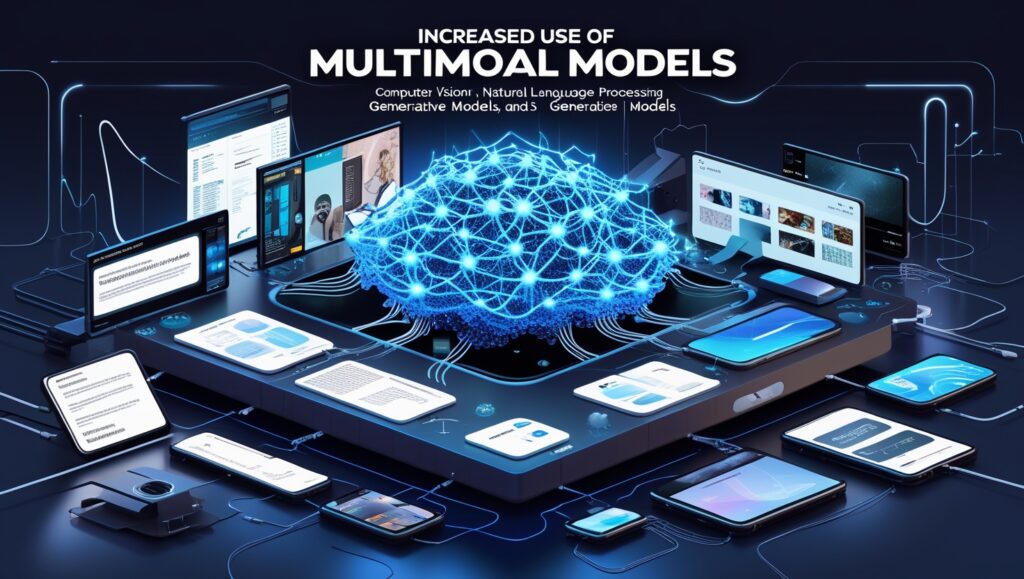
2. Democratization of AI Tools
Accessibility for Non-Technical Users
AI is no longer just for tech-savvy developers. Low-code and no-code platforms are making generative AI tools accessible to everyone, from small business owners to educators. These platforms allow users to create AI-powered applications with minimal technical expertise.
Growth of Low-Code and No-Code Platforms
The rise of these platforms means businesses can adopt AI solutions faster and more cost-effectively, leveling the playing field for smaller enterprises
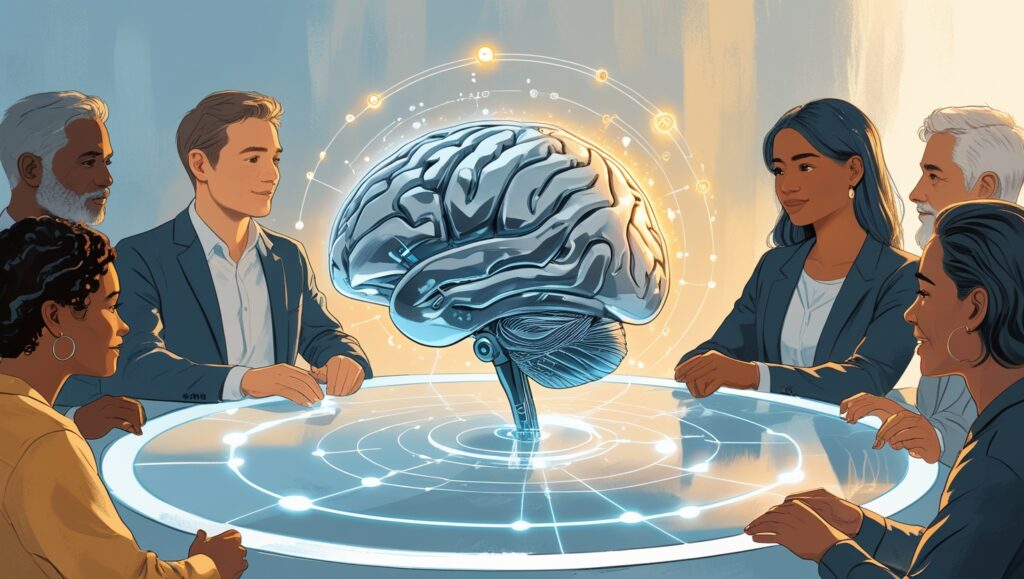
3. Ethical AI and Responsible Development
Addressing Bias in AI Outputs
As AI becomes more prevalent, concerns about bias in AI-generated content are growing. Developers are prioritizing fairness and transparency, ensuring AI systems are trained on diverse datasets to minimize discriminatory outputs.
Regulatory Frameworks for AI Development
Governments and organizations are introducing stricter regulations to guide AI development, ensuring ethical practices and protecting users’ rights.
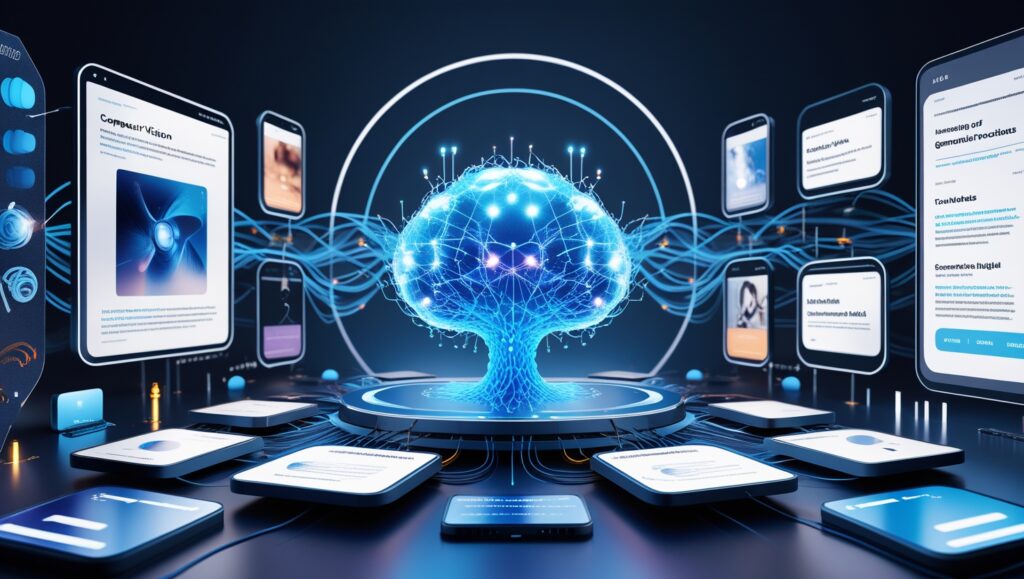
4. Advancements in Natural Language Processing (NLP)
Human-Like Conversations
Generative AI models are becoming more adept at understanding context and nuances, enabling highly realistic conversations. Virtual assistants and chatbots are now more intuitive and human-like.
Enhanced Machine Translation and Localization
NLP advancements are breaking language barriers, making real-time translations more accurate and improving global communication.
Generative AI Trends 2025 Across Different Sectors
1. Health Care
Drug Discovery and Personalized Treatment
Generative AI accelerates drug discovery by analyzing complex datasets, identifying potential compounds, and suggesting personalized treatment options based on a patient’s genetic makeup.
AI-Powered Diagnostics
AI systems are enhancing diagnostic accuracy by analyzing medical images and patient data, leading to faster and more reliable diagnoses
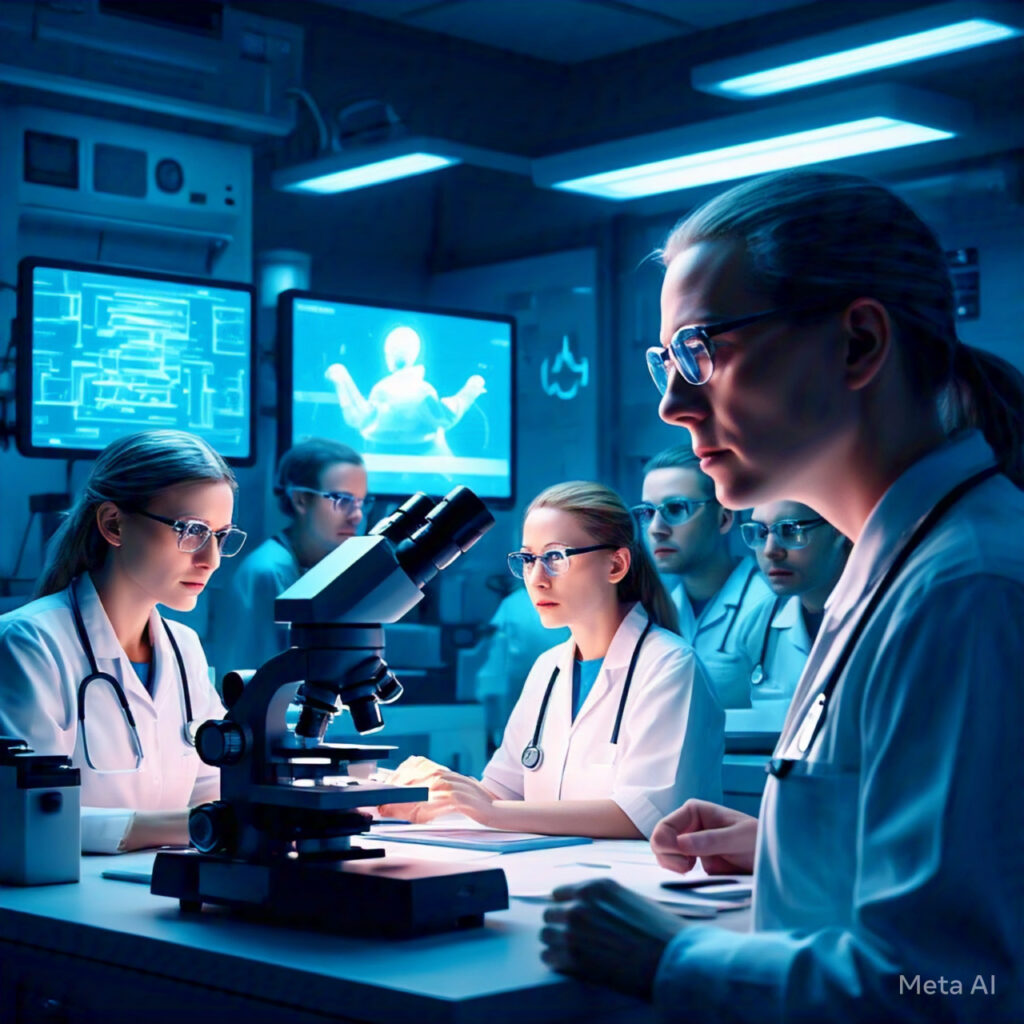
2. Education
AI Tutors and Personalized Learning
Generative AI is revolutionizing education by offering AI tutors that adapt to individual learning styles, providing a tailored experience for each student.
Generative AI trends 2025 for Content Creation in Education
From creating interactive lessons to generating educational content, AI is making learning more engaging and accessible

3. Entertainment and Media
AI-Generated Scripts and Music
In 2025, generative AI is writing movie scripts, composing music, and even generating video game scenarios. It’s redefining how creative content is produced.
Revolutionizing Animation and Visual Effects
AI tools are speeding up animation processes and producing hyper-realistic visual effects, setting a new standard for entertainment.
4. E-Commerce
Personalized Product Recommendations
Generative AI enhances online shopping experiences by offering hyper-personalized product suggestions, increasing customer satisfaction and sales.
Virtual Try-Ons and AI-Driven Marketing
From virtual try-ons for clothing to AI-generated ad campaigns, generative AI is revolutionizing how businesses connect with consumers.
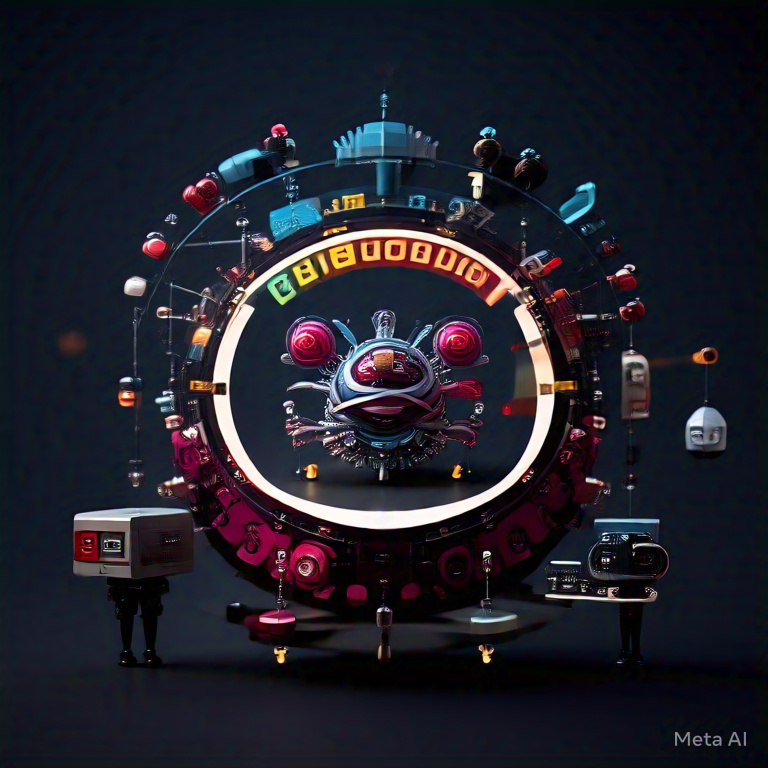
Challenges and Oppertunities in Generative AI trends 2025
1. Challenges
Data Privacy Concerns
As AI systems handle vast amounts of personal data, ensuring privacy and security is a significant challenge.
Misuse of AI-Generated Content
From deepfakes to misinformation, the misuse of AI-generated content is a pressing concern that demands robust countermeasures.
2. Opportunities
New Revenue Streams for Businesses
Generative AI opens up innovative ways for businesses to monetize content, from AI-generated art to personalized marketing.
Improved Human-AI Collaboration
By automating repetitive tasks, generative AI allows humans to focus on creative and strategic aspects, enhancing productivity.
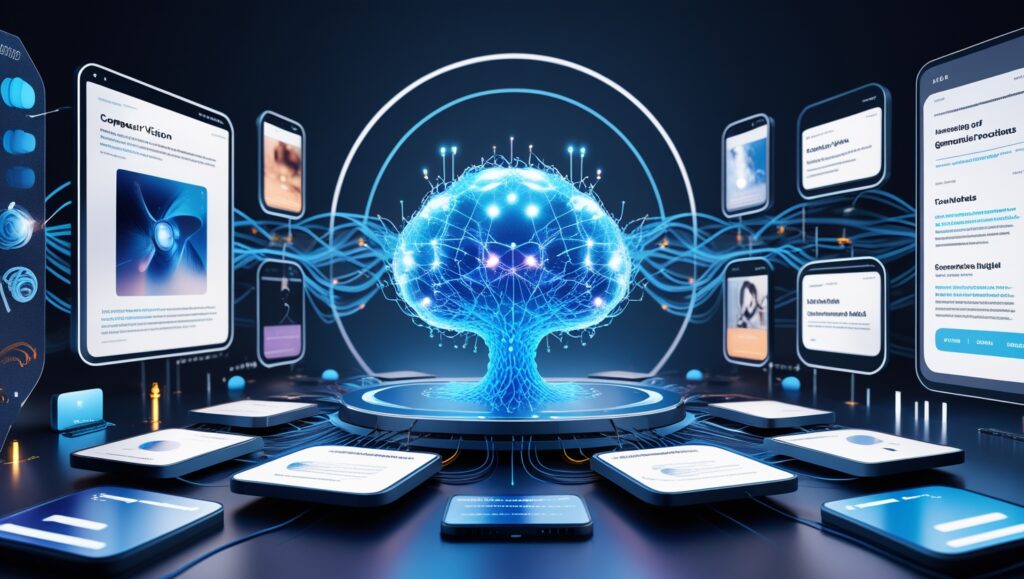
Conclusion for Generative AI Trends 2025
- Generative AI is not just a trend; it’s a revolution. As we step into 2025, its impact on industries, creativity, and daily life is more profound than ever.
- While challenges like ethics and data privacy remain, the opportunities far outweigh the risks. Generative AI is shaping a future where technology and human ingenuity coexist, pushing the boundaries of what’s possible.
FAQs
- What is generative AI?
Generative AI is a technology that creates new content, such as text, images, and audio, by learning patterns from existing data. - How are multimodal models different from traditional AI models?
Multimodal models process and generate data across multiple formats, unlike traditional models that focus on a single format. - How does generative AI impact education?
Generative AI personalizes learning, creates interactive content, and provides AI tutors for a tailored educational experience. - What are the major challenges of generative AI in 2025?
Key challenges include data privacy concerns, bias in outputs, and the misuse of AI-generated content. - Will generative AI replace human creativity?
No, generative AI complements human creativity by automating repetitive tasks, allowing humans to focus on innovative ideas.
To read This article again Click here

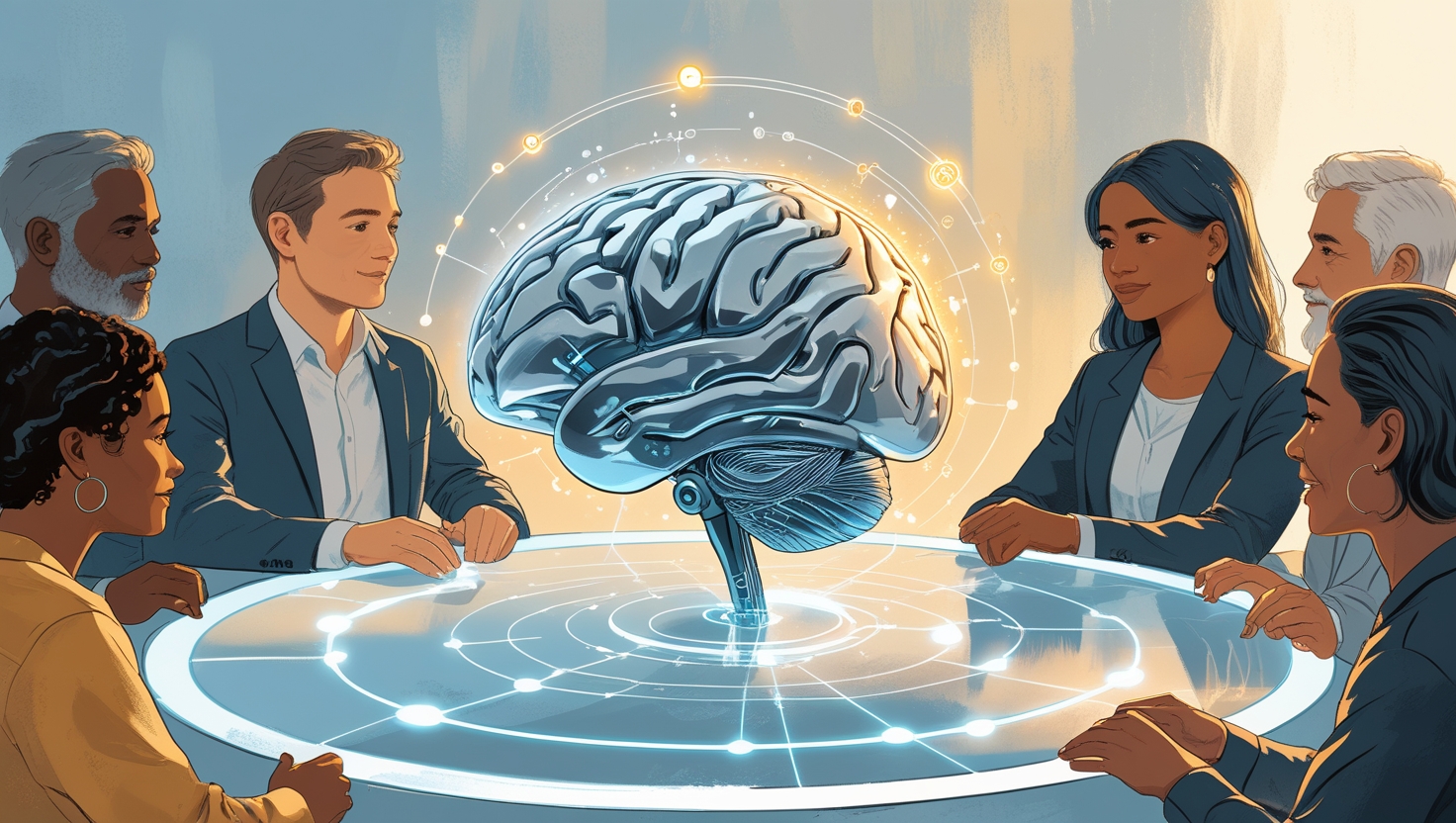



Your article helped me a lot, is there any more related content? Thanks!